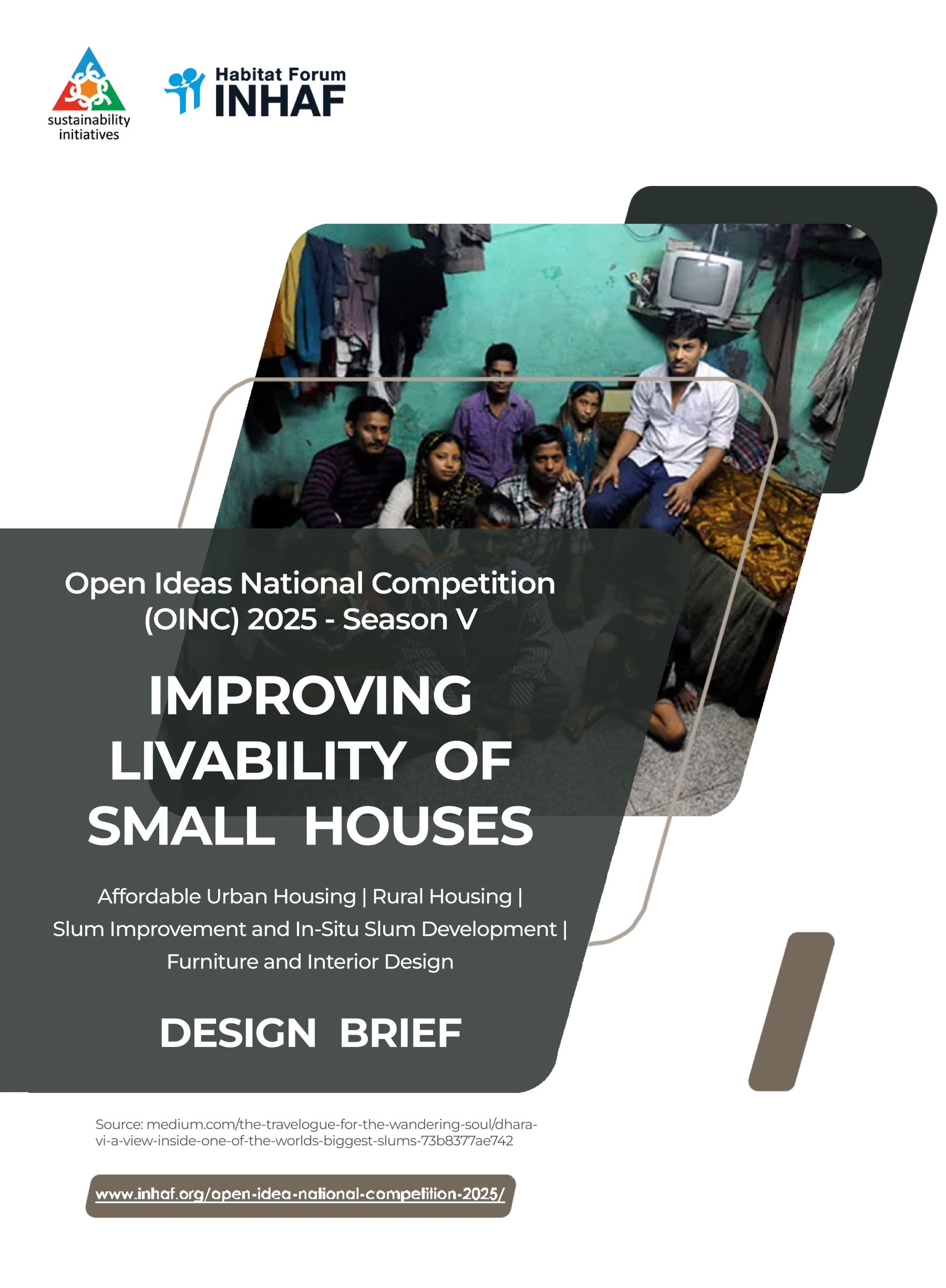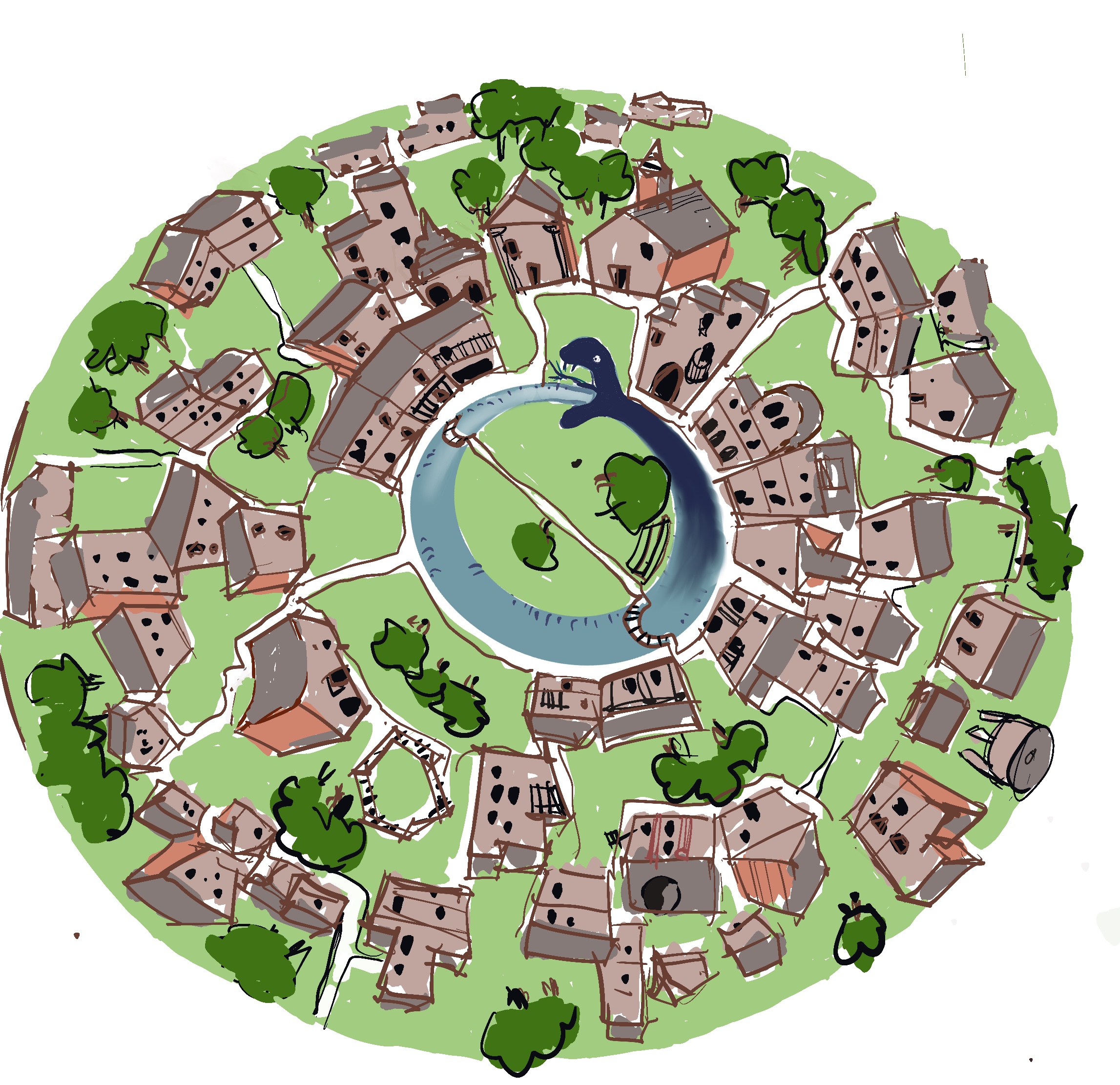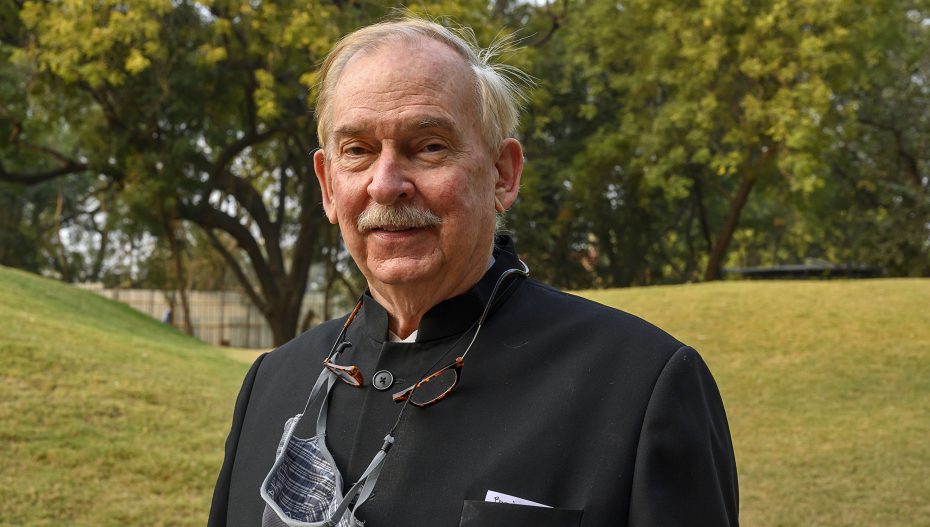
Christopher Charles Benninger was a great Indian architect, planner, and academic. He passed away on the 2nd of October in his home town, Pune.
We were half a generation apart. Yet, because he embarked on an architecture practice late in life, we ended up being fellow practitioners for over three decades. During that period, I was also President of CEPT University. Christopher was a big supporter of my work there. As I got to know him as a professional colleague and a collaborator, I developed an immense respect for Christopher. He was a highly skilled architect, a principled professional, and a generous collaborator. But above all, he was my friend.
Our deep friendship was based on shared values and commitments. I loved chatting with him, sharing joys and travails or, sometimes, just gossiping. His enthusiasm for work and life was contagious. The stories from his vast life and a myriad of interactions with people across the world were always fascinating. Most of all, his zeal for India’s improvement, his honesty and his courage were inspiring. He lived an incredible life and there is much to learn from it.
Though Christopher was born in the USA in 1942, studied architecture at Harvard University and planning at MIT, and began his career as a professor at Harvard University, his karmabhumi was India. His first visit to India was in 1968, as a Fulbright Scholar. Then, in 1971, he came again as a young Ford Foundation advisor to help with founding the urban planning program at the Centre for Environmental Planning and Technology in Ahmedabad. This time it was for good. Christopher made India his home and over the five decades that he lived here, he enriched it through the institutions he built, his prolific architectural practice, his delightful writings, his work as a teacher, his mentorship of young professionals and his warm professional camaraderie.
In a book titled ‘Great Expectations’ that will soon be published, Christopher says, “I grew up in a period of history full of human progress and great expectations, seeing the UN formed, penicillin, the Salk vaccine, the moon landing, and other monumental events in human history… surrounded by people making pathbreaking discoveries improving the human condition… All of this set a world vision and life path in my mind of great expectations. I truly believed that all diseases would become curable in my lifetime; I truly believed poverty would be eliminated; I truly believed that world peace was possible; I truly believed that we could achieve a near utopic society.”
No wonder Christopher felt at home in the Ahmedabad of the early seventies. The air was still full of post-independence optimism and a large number of people in the city were busy tackling India’s many monumental problems and working on transformational projects. New institutions were being established all around. Institutions for building India’s space program; for research in cosmic ray physics; for professionalizing management; for advancing modern architecture and planning; for promoting industrial design; for spreading the culture of science within local communities; and many more. I grew up in the sixties and seventies in Ahmedabad; I know how heady the sprit was. It was easy to believe that if we put in enough effort, we could make India a confident, modern nation that was worthy of the world’s respect.
On arriving in Ahmedabad in the early seventies, Christopher threw himself into the work of modernizing and building India by establishing an urban planning program at CEPT. He had to write the curriculum, hire faculty, scout all over India for good students, plan teaching schedules, make rules, and ‘try to bring a sense of order into natural chaos.’ He was barely 30 years old at the time.
After five years in Ahmedabad, Christopher moved to Pune to start his own institute, the Centre for Development Studies and Activities, which he did with his wife Aneeta Gokhale. He wanted more space and independence than was available in Ahmedabad. In Pune, over the next twenty years, he built CDSA into a fine research, teaching, and professional organization. In 1987, he also designed an elegant campus for it on the outskirts of the city.
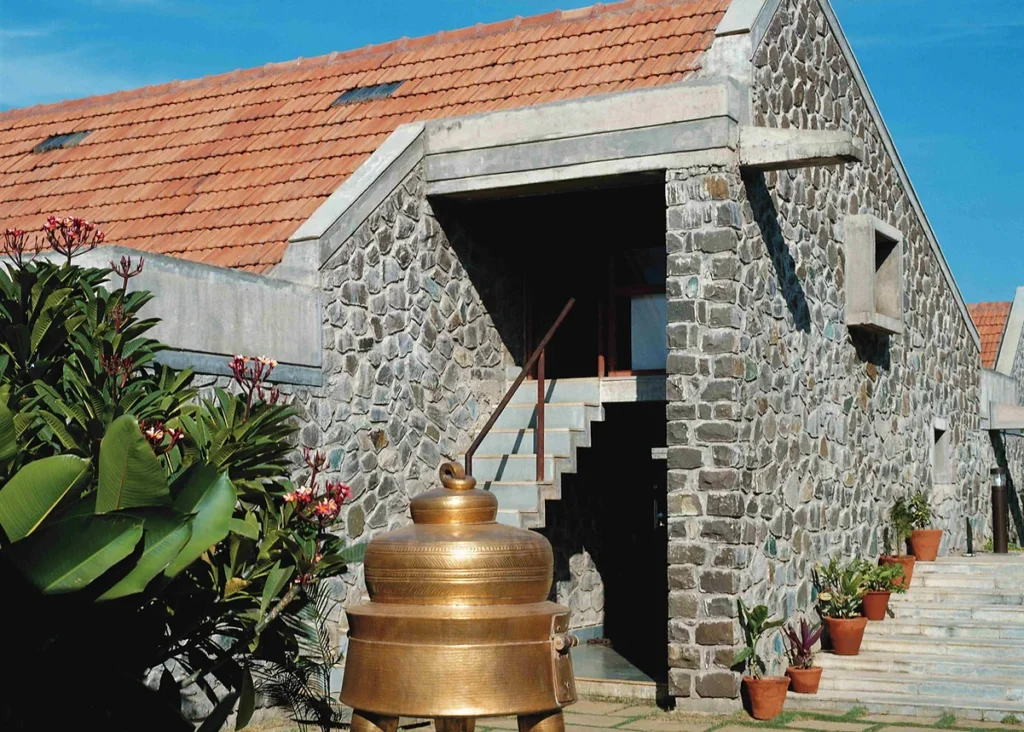
CDSA engaged with many central government organizations like the Planning Commission, HUDCO, and the Ministry of Urban Affairs and worked with many international agencies like the UNCHS, ADB, and the World Bank. CDSA’s town plans, low-cost housing projects, slum improvement programs, and integrated area development plans for villages, districts, and regions spaned across India, Sri Lanka, and Bhutan. Keeping with the ethos of those times, they were all aimed at poverty alleviation and the planned transformation of India within the constraints of a scarcity economy.
After a prolific twenty years at CDSA, in the mid-nineteen nineties, Christopher rediscovered his passion for architecture and set up a practice called Christopher Charles Benninger Architects with his partner Ramprasad Akkisetti. Over the next thirty years, he produced an extraordinary body of work. The CDSA campus, which was designed in the mid-eighties, before Christopher embarked on a full-fledged architectural practice, used parallel stone walls and pitched roofs to form wonderfully flowing spaces and lovely courtyards. It sat quietly and effortlessly on Pune’s hilly terrain and was marked by its simplicity and austerity.
His later projects at CCBA, starting from the Mahindra World College, used a far more exuberant and experimental approach. The institutions, apartments, factories, offices, and health facilities that he designed often used angular or flowing geometries. They used modern technologies and sophisticated materials were sometimes adorned by simple decoration. This year, Christopher was awarded the Indian Institute of Architects’ highest honour—the Baburao Mahatre Gold Medal.
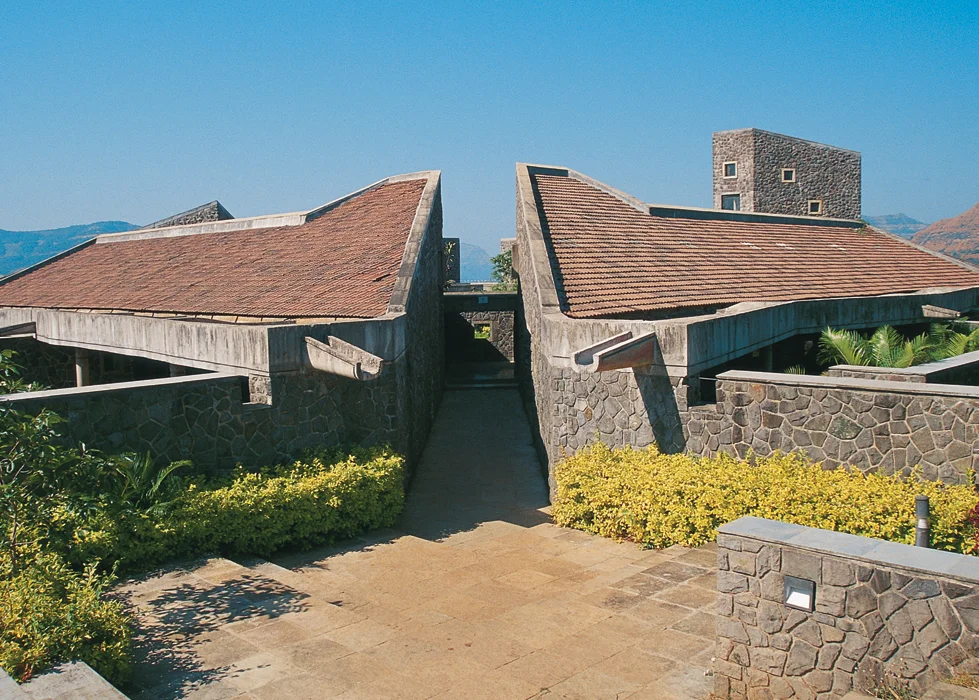
Christopher grew up believing in the power of reason and science, amidst determined efforts to improve the human condition. Perhaps, it is because of this that his approach to architecture was always focused on rationally and economically solving practical problems to create comforts and delights for his building’s users. It was not about advancing traditions or simply about creating sensuous delights or works of art.
Christopher believed that technology was a force for good and, as a consequence, he was welcoming of new materials and techniques. He did not romanticize the crafts. Nor did he believe in a return to primitive technologies. He liked clarity and precision in language, explained his designs rationally and did not indulge in confusing mystifications. He wanted to be treated respectfully as a competent professional and, therefore, remained humble, never setting himself up as a guru to be revered. He believed in collaborative teamwork. In his studio, criticism was welcome and seen as a way of improving designs. Christopher and I shared these values and this was the basis of our friendship.
Christopher and I also shared a belief in the importance of institutions and believed that professionals have a duty to contribute to their profession’s flourishing. Christopher came half way across the world to help set up a new school of planning in 1971. Then he set up another one in Pune. Much later, he was keen to see CEPT modernized and improved. To this end, he urged me to take up the President-ship of CEPT and supported my candidature. As I took on the difficult task of tackling vested interests, facing opposition, and setting things right, Christopher continued to support my work and was vocal in doing so. His support was not just based on our friendship but was principled. I knew that he would oppose me if he did not agree with what I was doing. Unlike many stalwart architects who supported me privately, he was willing to speak up publicly and take up cudgels on my behalf.
Christopher was deeply admired for his exemplary work in architecture, planning, and institution building. He was also admired for his deep love for and commitment to India. He made many friends from a vast spectrum of people, high and low. Coming from half way across the world, when many were fleeing India in the opposite direction, he made India his home and threw himself into the work of improving things here with dedication, zeal, and joy. But this was not all.
Those who knew Christopher well admired him most of all for the absolute honesty and integrity he showed in his personal life. He was married to Aneeta Gokhale and, throughout his life, he remained deeply committed to her well-being and that of their son Siddharth. At the same time, he never concealed the beautiful, thirty-year-long relationship he had with his partner, Ramprasad Akkisetti.
Christopher’s was a life lived with zest, courage and conviction. At heart, he was still the young man who dreamed of achieving a near-utopian society.


